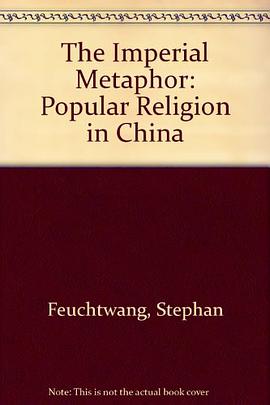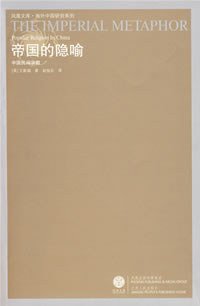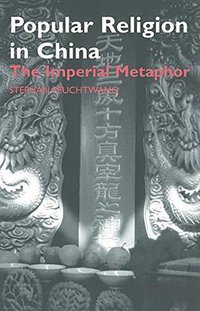The Imperial Metaphor
Douban
Popular Religion in China
Stephan Feuchtwang
résumé
A basic fact of Chinese social life and history is the institution of territorial cults and their festivals. They are highpoints of social life. They portray and punctuate a sense of life and death and present a whole picture of Chinese political relations as seen at their popular roots. The images of demons and ghosts and those of protectors against them which festivals and their temples display, are an organisation of Chinese local identification and provide an insight into everyday life and belief in China. It has come to be expected that religions can be named like identities of nations and cultures, or at least knowable doctrines, but Chinese popular religion has no name. It is not a religion of a book, nor is it the named religion of China - Daoism. The popular religion includes some elements of both Buddhism and the imperial cults, more of Daoism, but it is identifiable with none of them.
It is a religion of the common people, but not 'of the people' in the sense of a national population's mass culture. It is popular in the sense of being local and true of the China of the Han, or Chinese-speaking people, where every place had or has its local cults and the festivals peculiar to them. The custom of local festivals and temples is not as well known as that of ancestor worship and clan and lineage, but Stephan Feuchtwang shows that it is as distinctive an institution. The Imperial Metaphor will be of great interest to anthropologists, historians, students of religious studies, and Chinese and China Studies, as well as the general reader.
contents
1. History, identification and belief
2. The annual apocalypse
3. Official and local cults
4. Local festivals and their cults
5. The incense-burner: communication and deference
6. Daoism and its clients
7. Ang Gong, or the truth of puppets.



